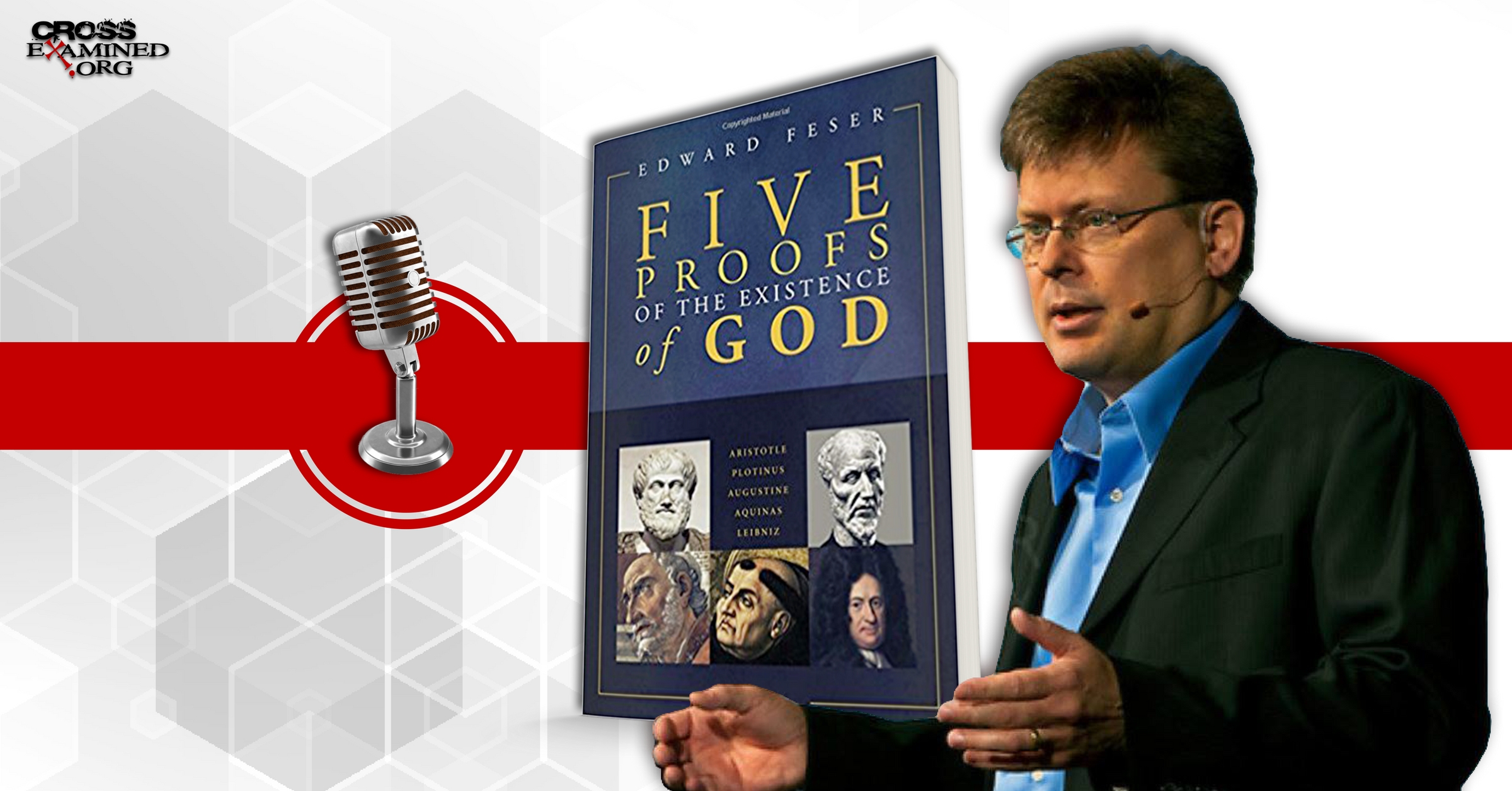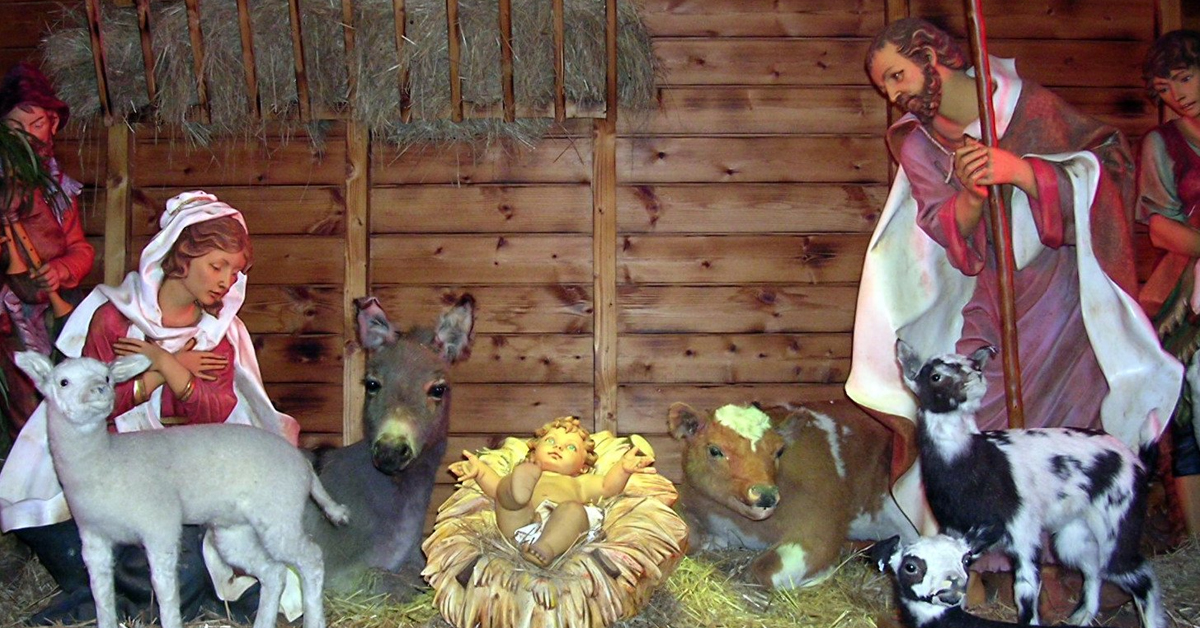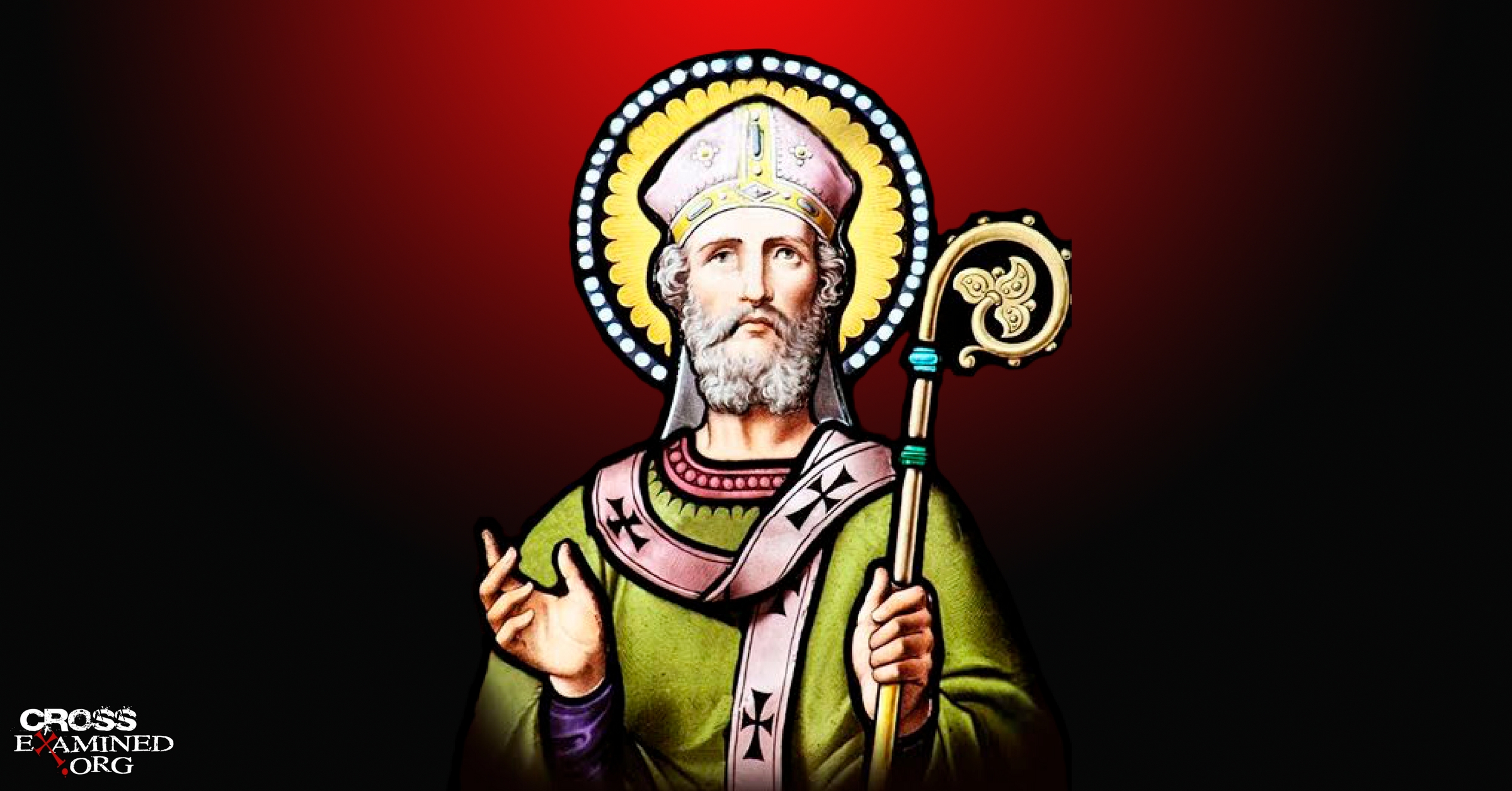By Evan Minton
Reasons’ Greetings, everyone! Merry Christmas! I thought now would be a good time to write a blog post on what this holiday is all about: The incarnation of God Almighty. Christmas is the time we celebrate the birth of the God-Man Jesus.
The Bible says “In the beginning was the Word, and the Word was with God, and the Word was God. He was with God in the beginning. Through him all things were made; without him nothing was made that has been made. ….The Word became flesh and made his dwelling among us. We have seen his glory, the glory of the one and only Son, who came from the Father, full of grace and truth.” (John 1:1-3, 14). John’s gospel opens up with The Word (Logos in Greek) existing prior to the origin of the universe, then creating all of matter, energy, space, and time, and he says that The Logos (who he says is God) took on human flesh and lived among the human race. This is the doctrine of the incarnation. But is this doctrine logically coherent? Many non-Christians, especially Muslims, would say no. They would say that a “God Man” is like a square circle or a married bachelor. Muslims will say that Jesus can be God or Jesus can be a human being, but not both.
Why do they say this? Well, there are conflicts between Jesus as God and Jesus as human, at least on a prima facie level. For example, The Bible teaches that God is omnipresent (Psalm 139:7-12, Joshua 1:9), yet Jesus couldn’t be in Jerusalem and Tokyo Japan at the same time. That’s why he traveled around. God is omniscient (see Job 34:21, 1 John 3:20, Proverbs 15:3, Psalm 147:5, Psalm 139:1-4), yet Jesus “grew in wisdom and stature” (Luke 2:52) and did not know the time of His second coming (Mark 13:32). If Jesus is God, aren’t we forced to say that Jesus is both A and non-A? That Jesus is omnipresent and not omnipresent? That Jesus is all knowing yet doesn’t know some things? Contradictions cannot be true. A and Non-A cannot both be true at the same time and in the same sense.
The incarnation is an essential doctrine of Christianity, much like the Trinity and the resurrection. It’s not a debatable issue like the age of the Earth or how many people Jesus died for. If the incarnation falls, Christianity goes with it. How do we answer our Muslim and Atheist friends who say that the doctrine of the incarnation is logically incoherent? Is celebrating Christmas irrational?
I would say no. There is a logically possible way for Jesus to be both God and man. Now, at points, it may seem like I’m speculating (especially with my third point), but this shouldn’t throw you off. What I’m doing is posting a possibility. If the model of the incarnation I’m about to propose is nothing more than simply a logical possibility than it proves that the incarnation is not an inherently incoherent concept. In order for something to be a contradiction, there has to be 0 possible ways for it to be true. There are 0 possible ways for a bachelor to be married. However, even if there’s only 1 way for X to be true, then it shows that X is not logically impossible.
I will be defending a model of the incarnation that Christian Philosopher and Apologist Dr. William Lane Craig proposes in his book Philosophical Foundations For A Christian Worldview and in hisDefenders class. Dr. William Lane Craig presents us with a 3 plank model.
1: We affirm two natures combined in a single individual (i.e Jesus).
2: The Logos was the rational soul of Jesus.
3: The divine aspects of Jesus are subliminal.
Let’s take a look at each of these 3 planks.
Plank 1: We Affirm Two Natures Combined In A Single Individual
By “Nature”, I mean the essence of a thing. A thing has a certain essence to it which makes it what it is. For example, the essence of a house cat is to be a 4 legged mammal of the feline genus and has the potential to be tamed. If it were a bipedal creature belonging to the homo genus and could not be tamed, it would not be a house cat. There are also attributes a house cat can have which aren’t essential to it being a house cat. For example, my cat Jellybean are the colors black and light grey. That is a property that she has. However, this not an essential property that she has. It’s an accidental property. That is to say, she could be white or orange and still be a house cat. Being black and grey is not an essential part to make a house cat a house cat. This is what philosophers distinguish as “Essential Properties” and “Accidental Properties”. The former is a set of properties (A, B, C, D,.) which are required for X to be X. If X does not possess properties those 4 properties than it isn’t an X. It’s something else. The latter is a set of properties that X just happens to possess but could lack and we could still consider it an X. Click here to learn more.
In this discussion, I would say that there are essential properties that make God, God, and essential properties that make a human being a human being. This is what it means to possess the “nature” of something. To possess a “divine nature”, one must be omnipotent, omniscient, omnipresent, moral perfection, etc. To be a human being, one must be a rational, free will, bipedal hominid with a sense of morality. These are non-exhaustive lists of the essential properties of the divine nature and the human nature.
In the incarnation, both sets of essential properties came together in a single individual named Jesus of Nazareth. Jesus is one person with two natures.
Now, sometimes when I talk about “Jesus’ human nature” and “Jesus’ divine nature”, I’ll get in trouble with some of my fellow Christians. Why? Well, they think I’m advocating the heresy of Nestorianism. Nestorianism says that there is a human mind and a divine mind in Jesus, that Jesus possessed two minds. Nestorianism says that there are two persons we’re talking about here; a divine person and a human person. But that’s NOT what I’m advocating for at all. Jesus is ONE person with TWO natures. There’s only one mind. There’s only one person. But this one person possesses two natures.
If you don’t like “natures” you can substitute it for the claim “property”. Jesus is one person who possesses the property of divinity and the property of humanity. He is one individual possesses the attribute of divinity and the attribute of humanity.
If you still don’t see the point, think of this analogy: A motorhome or RV is one entity that possesses two natures. It possesses the nature of a house and the nature of a truck. It possesses the nature of a house in that it has a couch inside, a sink, a bathroom, a table at which to eat, and a bed or two. It possesses the nature of a truck in that it has wheels, an engine, a steering wheel, a dashboard, gas and break pedals. This gives you the ability to drive it. But clearly, there aren’t two entities here. There’s only one entity, but this one entity possesses two properties. Two properties came together in one entity.
Plank 2: The Logos Was The Rational Soul Of Jesus
This plank unites the two natures into a single person. This one is the more controversial of the planks. It’s controversial because it brings in Apollonarius’ view that the soul of Jesus was the divine Logos. Apollonarius was condemned by his fellow church fathers because they felt that Apollonarius’ view entailed that Jesus did not have a complete human nature. Jesus had a fully human body, but if the Logos is the mind of Jesus, then He didn’t have a fully human mind. Therefore, what we have on Appolonarius’ view is a sort of truncated view of humanity. Jesus is only 80% human, so to speak. They also thought that he undercut the work of Christ because if Christ did not have a human mind, then the human mind would not be saved – that which is not assumed is not saved. Jesus had to assume a human nature in order to save it.
The church fathers thought Appolonarius’ view dovetailed into what’s known as “Monophysitism”. Monophysitism asserts that Jesus had a mixture of divinity and humanity, but He wasn’t fully one or the other. He was basically a hybrid creature. Part God, Part Man.
The reason that council considered Monothelitism[1] unorthodox is, as Craig says in this article, is that they thought it logically entailed monoPHYSITism. But I agree with Craig that their fears of monothelitism collapsing into monophysitism were unfounded. So long as a person affirms two natures in Christ (a divine nature and a human nature), I wouldn’t consider them a heretic. And I don’t think, as the council that condemned Apollonianarius did, that monothelitism entails that Christ didn’t have a truly human mind and ergo not a fully human nature. You can affirm a single faculty of will and yet still say Jesus had a complete divine nature and a complete human nature.
This is because Jesus’ divine mind already had all of the essential properties needed to make a human mind (rationalty, free will, a knowledge of right and wrong). These are properties humans have and it’s what makes up the image of God (Genesis 1:26-27). Jesus, actually being God (John 1:1-3), already had these properties as pure deity. These properties simply needed to be added to the rest of the essential properties that make a man, a man in order to make Christ a full human being. The properties of rationality, free will, and a moral compass that The Logos possessed needed to be attached to a bi-pedal hominid body in order for Jesus to have 100% of the attributes that make up the human nature.
Plank 3: The Divine Aspects Of Jesus Are Subliminal
The third plank of Dr. Craig’s incarnational model posits that the divine aspects of Jesus are subliminal. This would explain how Jesus seems to have the human limitations that He does despite being God.
Craig postulates that Jesus’ divine attributes are subliminal. For example, Jesus’ knowledge of everything is confined to His subconscience. This would explain instances like Mark 13:32 where Jesus doesn’t know the time of His second coming, why we don’t have the picture of a baby Jesus speaking full blown Hebrew in the manger scene while being the omniscient God, and it would explain how Jesus “grew in wisdom” (Luke 2:52). His knowledge was limited in His conscious life, but His vast knowledge of everything from auto mechanics to quantum mechanics was tucked away into His subconscious. In this sense, Jesus could both know and not know something at the same time.
Back in 2015, I heard a song that I learned at vacation Bible school when I was 3 years old. I hadn’t thought of that song in over a decade. Yet when it started playing on my television, I immediately recognized it and was able to sing along. I knew the song, and I knew the words, but the knowledge was tucked away in my subconscious and therefore, I didn’t know that I knew the song. I can imagine that much of the human Jesus’ divine knowledge was tucked away in a similar fashion.
On this model, Jesus was less than omniscient in His conscious mind, but He was omniscient in His subconscious mind. Jesus knows all there is to know in (B) His subconscious mind, but not (A) His conscious mind.
Craig explains that “We have a very interesting analogy of how this works from hypnosis. As Charles Harris explains, a person who is under hypnosis can be instructed to be informed of certain facts and then to forget about them when he is awakened from the trance, so that he knows them and yet he doesn’t know them! He says,
‘the knowledge is truly in his mind, and shows itself in unmistakable ways, especially by causing him to perform . . . certain actions, which, but for the possession of this knowledge, he would not have performed.’
So he has the knowledge, but he is not aware of it because he is under hypnosis. He goes on to say,
\What is still more extraordinary, a sensitive hypnotic subject may be made both to see and not to see the same object at the same moment. For example, he may be told not to see a lamp-post, whereupon he becomes (in the ordinary sense) quite unable to see it. Nevertheless, he does see it, because he avoids it and cannot be induced to precipitate himself against it. …. He actually does have a kind of blind sight of it.’
This sort of a model, I think, provides a very satisfying account of Jesus as we see him in the Gospels. In his conscious experience, Jesus grew in wisdom and in knowledge, just as a human child does. … In his conscious experience, Jesus grows and increases in knowledge as he grows older.”[2]
Okay, well, this provides a plausible reconciliation regarding the omniscience of the Logos and the ignorance of Jesus of Nazareth. But what about The Logos’ other divine attributes such as omnipotence, omnipresence, eternality, etc. Well, The subconscious is in the realm of the mind so I wouldn’t say that attributes like omnipotence, omnipresence, etc. are located in the back of Jesus’ mind. That said, I do think that some of the essential properties that He possesses in his divine nature, he does not possess in his human nature. For example, in his divine nature, Jesus (the Logos) is omnipresent, but Jesus’ human body is spatially located. That’s how we can talk about Jesus “coming back”. Well, in His divinity, he never left, but the hominid body He animated did. In His divine nature, He will be with us always, even to the end of the age (Matthew 28:20), in his human nature, we don’t have him with us (Matthew 26:11). Regarding omnipotence, I would say that Jesus gave up the use of this attribute in the sense of choosing not to use it. This may explain why Jesus felt true temptation when Satan told him to break his fast by turning stone into bread (Matthew 4). In His divine nature, Jesus is beginningless (John 1:1), in His human nature, Jesus was born (John 1:14).
Conclusion
I think these 3 planks taken together present us with a logically coherent model of the doctrine of the incarnation. Celebrating Christmas is not irrational. When Mary kissed her little baby, she indeed kissed the face of God. Merry Christmas, everyone!
For further reading, check out William Lane Craig’s treatment of this in Defenders 2, The Doctrine Of Christ.
Footnotes
[1] “What is Monotheletism? It is the doctrine that the incarnate Christ has a single faculty of will. By contrast Dyotheletism teaches that the incarnate Christ has two faculties of will, one associated with his human nature (his human will) and one associated with his divine nature (his divine will).” – Bill Craig, from http://www.reasonablefaith.org/monotheletism
[2] William Lane Craig, Defenders 2, The Doctrine Of Christ Part 7, http://www.reasonablefaith.org/defenders-2-podcast/transcript/s6-7
Original Blog Source: http://bit.ly/2BQRZWJ












